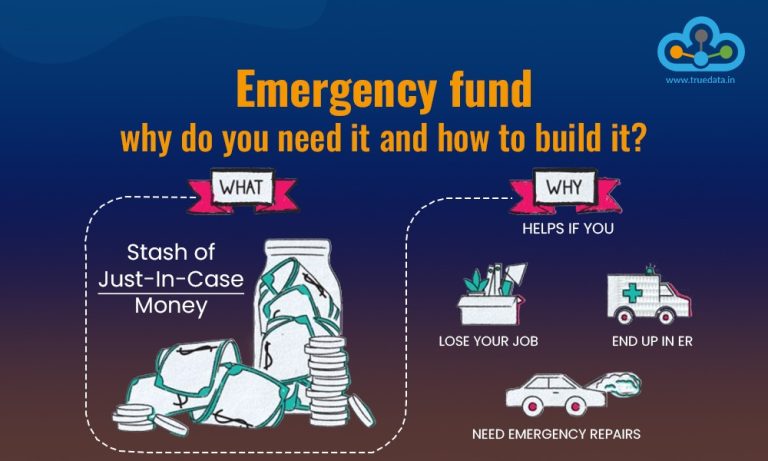How to Reduce Your Monthly Expenses Without Cutting Out Fun
In an economic landscape where the cost of living seems to relentlessly climb, the pursuit of financial stability often leads individuals to confront a daunting question: how can I reduce my monthly expenses without sacrificing all the joy and spontaneity that make life worth living? The conventional wisdom frequently leans towards draconian cuts, suggesting a complete overhaul of discretionary spending and an almost ascetic lifestyle. However, this all-or-nothing approach is not only difficult to sustain but can also breed resentment and ultimately lead to financial burnout. The true art of reducing monthly expenses without cutting out fun lies in a thoughtful, strategic approach that prioritizes value, optimizes existing spending, and leverages smart choices to create financial breathing room.
The first crucial step in this endeavor is to gain absolute clarity on where your money is actually going. Many people have a vague idea of their expenses but lack precise knowledge. For a month or two, meticulously track every dollar spent. This can be done using budgeting apps, spreadsheets, or even a simple notebook. The goal here is not to judge or immediately cut, but to observe. You might be surprised to discover how much goes towards seemingly small, habitual expenditures that accumulate significantly over time—think daily coffees, frequent takeout meals, or multiple streaming service subscriptions you rarely use. This granular insight provides the data needed to make informed, rather than arbitrary, decisions.
Once you have a clear snapshot of your spending, the next phase involves identifying areas where small, consistent adjustments can yield substantial savings without feeling like a major deprivation. Instead of eliminating categories entirely, consider optimizing them. For instance, dining out is a common discretionary expense. Instead of cutting it out completely, perhaps reduce it from four times a week to two, or explore cheaper alternatives like happy hour deals or cooking more at home but still ordering takeout once a week as a treat. The key is to find a balance that allows you to enjoy the activity, albeit in a more budget-conscious way. This subtle shift from outright elimination to smart optimization is what prevents the feeling of sacrifice.
Technology, ironically, can be both a money drain and a powerful ally in reducing expenses. Scrutinize your recurring subscription services. Do you really need five different streaming platforms, or could you rotate them? Are you still using that gym membership you signed up for months ago? Many apps offer free trials that automatically convert to paid subscriptions if not cancelled. Regularly audit these commitments and cancel anything you genuinely don’t use or value sufficiently. Similarly, review your phone plan, internet service, and insurance policies. Often, a quick call to your providers to inquire about lower-cost plans or competitive rates can yield significant monthly savings with no change in service quality. These “set it and forget it” expenses are prime targets for optimization, as their cumulative impact is often substantial.
Transportation is another area ripe for smart reductions without necessarily cutting out enjoyable excursions. If you typically drive everywhere, consider walking, cycling, or using public transport for shorter trips or specific errands. This not only saves on fuel and parking but can also incorporate healthy activity into your routine. For longer distances, explore carpooling or ride-sharing options. The goal isn’t to stop traveling or seeing friends, but to find more economical ways to do so. Perhaps a weekend trip to a nearby park with a packed picnic is a fun and significantly cheaper alternative to a costly destination outing.
Entertainment and social activities, the very essence of “fun,” can be reimagined to be more budget-friendly. Instead of automatically defaulting to expensive concerts or restaurant dinners, explore free or low-cost alternatives. Many cities offer free community events, outdoor concerts, farmers’ markets, or museum days. Host potluck dinners with friends instead of always meeting at restaurants. Explore local parks, hiking trails, or free cultural attractions. Libraries offer a treasure trove of free entertainment, from books and movies to workshops and events. The focus shifts from spending money to spending quality time and enjoying experiences that don’t carry a hefty price tag.
Furthermore, adopt a “value-driven” mindset for all purchases. Before buying something, ask yourself: Does this truly add value to my life? Is there a more affordable alternative that serves the same purpose? This doesn’t mean always opting for the cheapest option, but rather ensuring that your spending aligns with your priorities. For instance, if dining out at a specific high-end restaurant is a truly cherished experience, perhaps you save for it specifically by cutting back on other, less important expenses. This intentionality ensures that the money you do spend on fun is deeply appreciated and contributes significantly to your happiness.
Finally, consider ways to boost your income, even modestly, to create more financial breathing room. A side hustle, selling unused items, or leveraging a skill for freelance work can bring in extra money that doesn’t necessitate cutting into your existing lifestyle. This additional income can be strategically directed towards savings goals or even used to fund your “fun budget” without drawing from your core earnings. The beauty of this approach is that it expands your financial pie rather than just shrinking your slices.
In conclusion, reducing monthly expenses without cutting out fun is a sophisticated dance of awareness, prioritization, and smart choices. It’s not about austerity, but about optimizing your spending to align with your values and long-term financial goals. By diligently tracking your money, making conscious adjustments to spending categories, leveraging technology, reimagining entertainment, adopting a value-driven mindset, and exploring income-boosting opportunities, you can create a financial strategy that allows you to save effectively while still savoring life’s enjoyable moments. This balanced approach ensures that your financial journey is not a joyless sprint, but a sustainable and fulfilling marathon.







